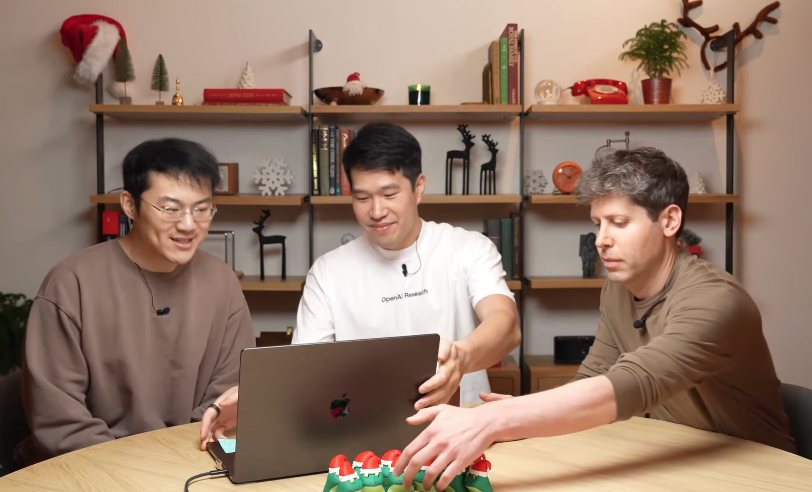<article>
<hr>
- DOGE reportedly planning a “mega API” to be created in a hackathon
- The API will streamline tax data sharing for the IRS
- Trump’s executive order aims to stop waste, fraud and abuse
Elon Musk’s brainchild government agency, the Department of Government Efficiency (DOGE), is reportedly planning a ‘hackathon’ to build a “mega API” for accessing IRS data in a major streamlining move.
According to Wired, the goal is to centralize IRS data into a single-cloud hosting platform that could become the “read center of all IRS systems,” and unnamed sources cited by Wired have already named one potential partner.
“Palantir… has been brought up consistently by DOGE representatives as a possible candidate,” Wired’s sources say.
Musk wants to make an IRS “mega API”
Palantir Technologies, which currently has a market cap of $173.5 billion, notably counts Peter Thiel among its co-founders – a known associate of Musk.
The firm’s main clients include US government agencies, but some private sector firms are also customers.
“Dozens” of IRS engineers are being invited to a Washington DC hackathon event to collaborate on the API, and it’s believed that the API has a short timeline of just 30 days – something that insiders believe is both unrealistic and potentially harmful.
With the API, DOGE hopes to collate core sensitive data like names, addresses, SSNs, tax returns and employment details.
It could considerably streamline inter-departmental data sharing, however critics argue that it could present a major security risk, describing it as “an open door controlled by Musk for all American's most sensitive information with none of the rules that normally secure that data.”
On March 20, 2025, Trump signed an executive order to banish information silos, with the aim of “stopping waste, fraud and abuse.” The order appeared to focus on the IRS, declaring an interest in “eliminating bureaucratic duplication and inefficiency while enhancing the Government’s ability to detect overpayments and fraud.”
The White House has not yet shared any plans for the rumored hackathon.
You might also like
- Check out the best online collaboration tools and best productivity apps
- US government IT contracts set to be centralized in new Trump order
- We’ve listed the best Making Tax Digital-compliant software
</article>
Source: DOGE planning “hackathon” to build a “mega API” for accessing all IRS and taxpayer data





